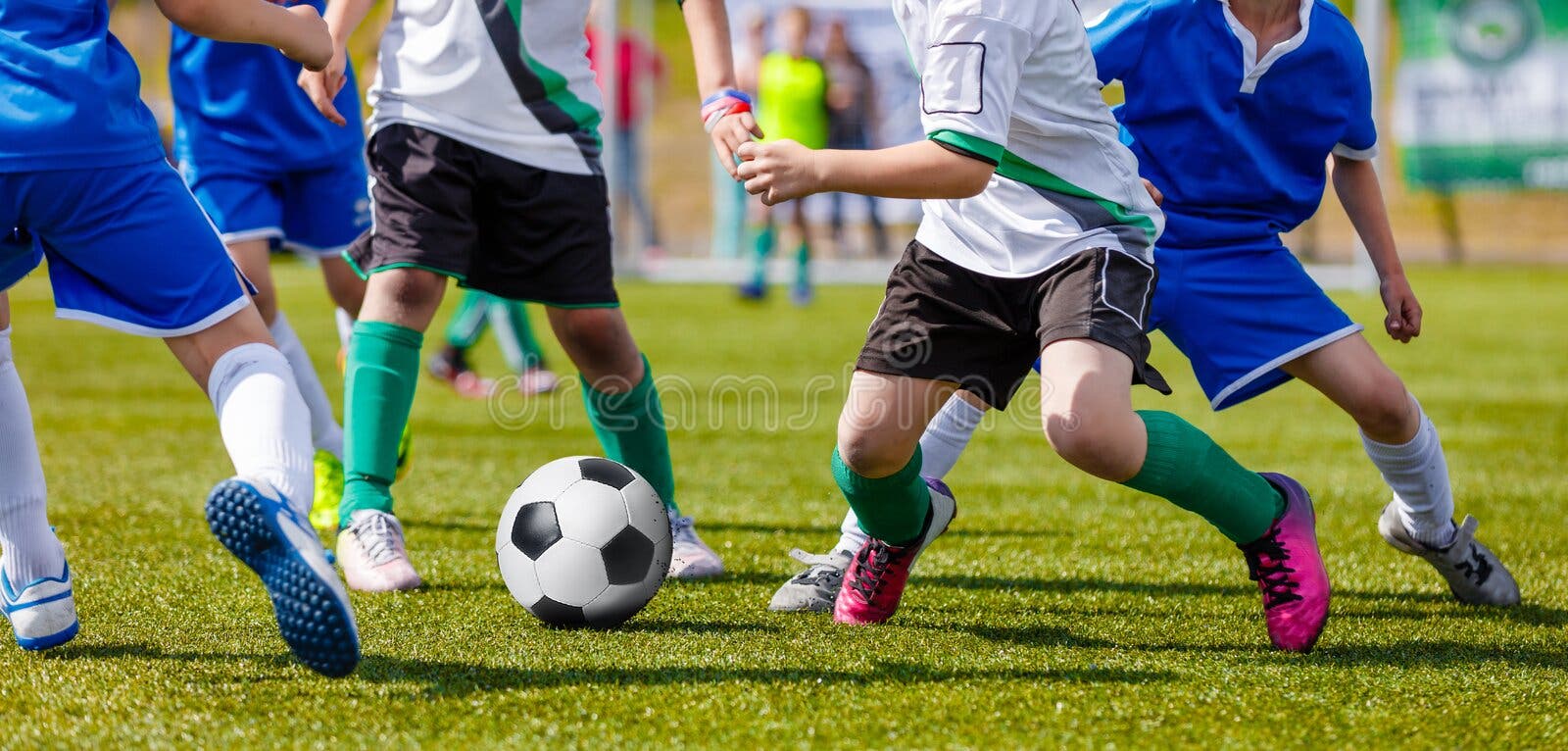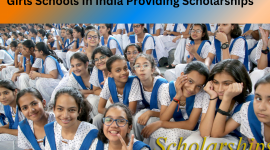Effective study habits are essential for students of all ages, helping them succeed academically. From elementary school to postgraduate studies, cultivating smart study habits can make a significant difference in learning outcomes. In this article, we’ll explore practical tips that students can apply to enhance their study skills and achieve academic success.
Understanding the Learning Process
The Science of Learning
Understanding how the brain absorbs and retains information is crucial for effective studying. Research shows that the brain has various cognitive processes involved in learning. When students grasp these processes, they can optimize their study methods.
Learning involves encoding, storing, and retrieving information. When students understand the science behind these processes, they can tailor their study techniques accordingly. For instance, spaced repetition, a technique where information is reviewed at increasing intervals, aligns with memory consolidation.
Learning Styles
Each individual has a unique learning style, such as visual, auditory, or kinesthetic. Recognizing one’s dominant learning style can help tailor study approaches to be more effective. For instance, visual learners benefit from visual aids like diagrams and charts, while kinesthetic learners may prefer hands-on activities with smart study habits.
Creating the Right Study Environment
Optimal Study Environment
An optimal study environment plays a significant role in concentration and retention. Factors like adequate lighting, a comfortable chair, and a clutter-free space can improve focus. To create an ideal study environment at home, choose a quiet area, free from distractions with smart study habits.
Moreover, consider ergonomics – maintaining a proper sitting posture and using an appropriate desk and chair. The physical comfort of the study space contributes to extended study sessions without discomfort with smart study habits.
Digital Distractions
Digital devices and social media can be major distractions during study sessions. To combat these distractions, students should consider turning off notifications and using apps or website blockers. Managing digital distractions is vital for maintaining concentration.
Additionally, setting specific times for checking emails and social media can prevent constant interruptions during study hours. Dedicated study time should be technology-free to maximize productivity with smart study habits.
Effective Study Techniques
Active Learning
Active learning engages students in the learning process rather than passive observation. Examples of active learning techniques include group discussions, problem-solving exercises, and teaching concepts to others. These methods promote a deeper understanding of the subject matter.
For instance, group discussions allow students to explain concepts to peers, reinforcing their own comprehension. Problem-solving exercises encourage critical thinking and application of knowledge.
Effective Note-Taking
Taking organized and comprehensive notes during lectures and readings is essential. Good note-taking helps students review information later, ensuring better retention. It’s crucial to use a structured format and include key points, examples, and questions.
Highlighting and summarizing while taking notes can also enhance understanding. The Cornell Method, which divides the note page into sections for cues, notes, and summaries, is particularly effective.
Flashcards and Mnemonics
Flashcards and mnemonic devices are powerful tools for memory enhancement. Flashcards can help students review key facts and concepts quickly, while mnemonics use creative associations to aid memory. These techniques are particularly valuable for subjects with a lot of factual information with smart study habits.
For example, creating flashcards with mathematical formulas or foreign language vocabulary can facilitate memorization. Mnemonics, like acronyms or vivid mental images, can make abstract concepts more memorable.
Time Management
Time Blocking
Time blocking is a time management technique that involves dividing the study time into focused blocks. Students allocate specific time slots for different subjects or tasks. This method enhances productivity and prevents procrastination with smart study habits.
For instance, a student can allocate a two-hour block for mathematics practice problems in the morning and a separate block for reading comprehension in the afternoon. This structured approach helps maintain focus and prevents multitasking.
Pomodoro Technique
The Pomodoro technique is a time management method that encourages short bursts of focused work followed by short breaks. For example, students can study for 25 minutes and then take a 5-minute break. This approach keeps the mind fresh and maintains concentration with smart study habits.
The Pomodoro technique enhances time awareness and can be applied to various study activities. It prevents burnout and sustains productivity throughout the day.
Setting Goals and Prioritizing
Goal Setting
Setting academic goals is essential for motivation and direction. Students should establish both short-term and long-term goals using the SMART criteria (Specific, Measurable, Achievable, Relevant, Time-bound). Clear goals provide a roadmap for their educational journey.
For instance, a student’s short-term goal may be to achieve a certain grade on an upcoming exam, while a long-term goal could involve graduating with honors. Goal setting aligns daily study efforts with broader aspirations with smart study habits.
Prioritization
Prioritization is the process of identifying and focusing on the most important tasks. By assessing the urgency and significance of assignments and study materials, students can allocate their time and energy effectively. Effective prioritization prevents feeling overwhelmed.
To prioritize effectively, students can use techniques like the Eisenhower Matrix, which categorizes tasks into four quadrants based on their urgency and importance. This visual tool aids decision-making and time allocation.
Test-Taking Strategies/ Smart Study Habits

Test Anxiety
Test anxiety can hinder performance. To manage it, students can practice relaxation techniques such as deep breathing and mindfulness. Adequate preparation and a positive mindset also help alleviate test anxiety.
For example, students can implement a pre-exam routine that includes relaxation exercises and positive affirmations. Recognizing and challenging negative thoughts can further reduce anxiety with smart study habits.
Reading Comprehension
Improving reading comprehension is vital for understanding complex texts and answering questions accurately. Strategies like summarization, active reading, and note-taking while reading can enhance comprehension skills.
To enhance reading comprehension, students can practice active engagement with the text, such as highlighting key passages, jotting down questions, and summarizing paragraphs. These techniques foster a deeper understanding of the material with smart study habits.
The Role of Practice
Practice Tests
Taking practice tests allows students to assess their knowledge and readiness for exams. Online resources offer access to a wide range of practice exams. Regular practice tests help identify areas that require more attention.
For instance, before a standardized test, students can complete multiple practice tests to gauge their progress and pinpoint areas for improvement. Regular practice builds confidence and familiarity with the exam format.
Self-Assessment
Self-assessment involves evaluating one’s own progress and understanding of the material. By periodically assessing their knowledge, students can adjust their study strategies and focus on weak areas.
Students can employ self-assessment techniques like self-quizzes, reflection journals, and peer teaching. These methods encourage metacognition, where students actively monitor and regulate their learning process.
Balancing Life and Studies
Stress Management
Balancing academics and personal life can be challenging. Stress management techniques, such as time management, exercise, and relaxation exercises, are essential for overall well-being. Reducing stress levels positively impacts academic performance.
To manage stress, students can incorporate daily mindfulness practices, such as meditation or yoga, into their routine. These practices promote mental clarity and resilience, helping students navigate academic challenges more effectively.
Time for Hobbies and Interests
Maintaining hobbies and interests outside of academics is crucial for a balanced life. Pursuing passions and interests provides relaxation and mental rejuvenation. Students should allocate time for activities they enjoy.
For instance, a student passionate about painting can dedicate a few hours each week to indulge in artistic pursuits. Hobbies provide a valuable outlet for creativity and self-expression.
Conclusion
Developing smart study habits is a journey that can lead to academic success at any age. Understanding the learning process, creating a conducive study environment, and employing effective study techniques are fundamental steps. Time management, goal setting, and practice tests enhance preparedness for exams.
Additionally, stress management and maintaining a balance between studies and personal interests are key to a fulfilling educational experience. By implementing these practical tips, students of all ages can embark on a path of continuous learning and achievement, ensuring that their educational journey remains rewarding and successful.












%20(1).jpg)



